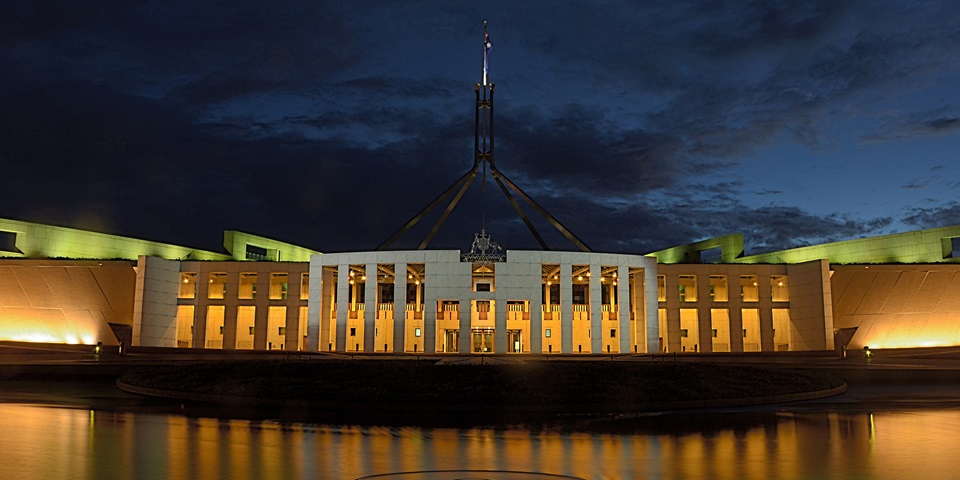The 2020 federal budget has outlined an array of initiatives to support economic growth and small businesses through COVID-19 and beyond.
But these nation-building, pandemic-busting plans will require significant, but essential, government spending. According to this year’s budget papers :
- The deficit will reach $213.7 billion this year, before falling to $66.9 billion by the 2023/24 financial year.
- Net debt will reach $703 billion or 36 per cent of GDP this year and rise to $966 billion or 44 per cent of GDP in June 2024.
- Economic growth will decline by 3.75 per cent this year, but grow by 4.25 per cent next year.
Against this backdrop, for this year’s budget, the federal government revealed a wide-ranging plan to put the economy back on the path to growth.
“Economic growth will decline by 3.75 per cent this year, but grow by 4.25 per cent next year”
Smart tax incentives to support small business
The federal government’s plan to help drive small business gowth is based on tax incentives to get firms spending. It includes:
- New provisions that allow businesses with annual revenue of up to $5 billion to write off the cost of any eligible asset until June 2022. Treasury says 99 per cent of all Australian businesses will be able to use this incentive.
- Carry-back provisions that mean businesses can offset losses made until June 2022 against profits made in or after the 2018/19 financial year.
Manufacturing and infrastructure in focus
The federal government has announced a comprehensive program to support manufacturing, in addition to a large number of nation-building infrastructure initiatives.
A $1.3 billion Modern Manufacturing plan focused on driving growth in the following industry sectors is the centrepiece of its plan:
- Defence.
- Food and beverage manufacturing.
- Medical products.
- Recycling and clean energy.
- Resources technology and critical minerals processing.
- Space industry.
The government has expanded its 10-year infrastructure program to include an additional $14 billion for new projects. Also $7.5 billion has been allocated for national transport infrastructure projects. Major projects include:
- The Singleton Bypass and Bolivia Hill Upgrade in New South Wales.
- The upgrade of the Shepparton and Warrnambool Rail Lines in Victoria.
- The Coomera Connector in Queensland.
- The Wheatbelt Secondary Freight Network in Western Australia.
- The Main South Road Duplication in South Australia.
- The Tasman Bridge Upgrade in Tasmania.
- The Carpentaria Highway Upgrades in the Northern Territory.
- The Molonglo River Bridge in the Australian Capital Territory.
The federal government has also committed more money for research and development, $1.9 billion for low emission and renewable technologies, $1 billion for university research and $459 million in funding for the CSIRO. Together, these initiatives will deliver many benefits for small business.
They will generate work for smaller firms in the infrastructure, engineering and consulting sectors. A more efficient roads and rail network will help boost productivity. The funding set aside for these project is on top of $11.3 billion already allocated to infrastructure to support the post-COVID-19 recovery.
Regional recovery a priority
A focus of this year’s budget was a range of support measures designed to provide assistance to rural and regional businesses that have been hit not just by COVID – 19, but also by the bushfires, drought and, in states such as Queensland, by floods. Projects the government is rolling out include:
- $2 billion in loans for farmers to recover from the drought.
- $350 million to attract domestic tourists to the bush.
- $317 million for exporters to access global markets.
These projects are designed to get small businesses back on their feet and support the nation as a whole, both now and well into the future. From an insurance perspective, the government has announced people will no longer need to start a new super fund when they change jobs. This means the insurance that policyholders have inside their super will remain in place when they switch roles.
This will impact small businesses that provide insurance for to staff such as group life insurance. But details of how this will work are yet to be released. Watch this space.
[1] https://ministers.treasury.gov.au/ministers/josh-frydenberg-2018/speeches/budget-speech-2020-21
[2] https://www.pm.gov.au/media/morrison-government-delivers-75-billion-boost-transport-infrastructure-across-nation


Important note – This article is provided by Steadfast.
The information provided here is general advice only and has been prepared without taking in account your objectives, financial situation or needs. Steadfast Group Ltd (ABN 98 073 659 677, AFSL 254928)

